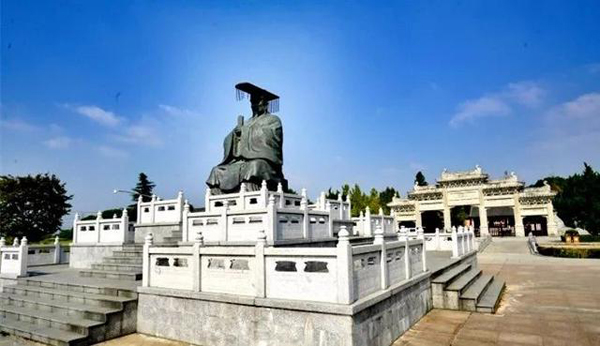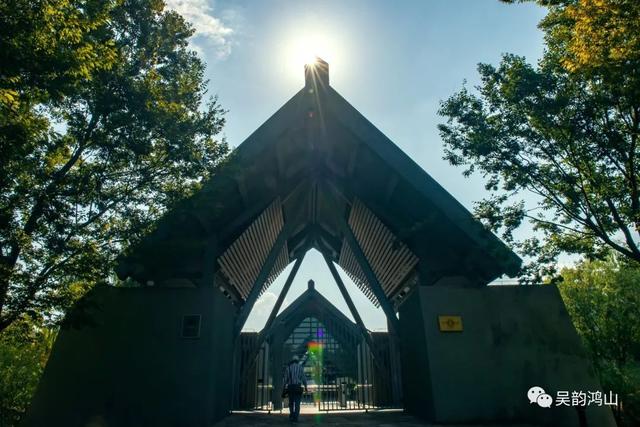Wuxi to build Hongshan Tourist Resort


Taibo Scenic Area integrates natural and cultural landscapes featuring Wu culture. [Photo/bbs.wst.cn]
Taibo Scenic Area
Taibo Scenic Area, also known as the Mound of the King of Wu and the Royal Mausoleum, is located at the southern foot of scenic Hongshan Mountain. Taibo Tomb is near the mountain, imposingly facing south. The Square of Wu Culture, the stone archway, Yangzhi Pavilion and the pavilion with royal inscriptions stand inside the scenic area.
Wu Taibo, the founder of Wu culture, who is praised for his nobility and humility in giving away his crown to his younger brother. Wu culture is immensely popular in Wuxi and throughout Jiangsu province. Featuring Wu culture, the scenic area integrates natural and cultural landscapes, and displays the 3,000-plus-year history of production, culture and folk customs in the Area of Wu with various materials including manuscripts, statues and inscriptions.

Hongshan Site Museum, a museum of relics based on the Hongshan Tombs, is a national key cultural relic protection unit. [Photo/bbs.wst.cn]
Hongshan Site Museum
Hongshan Site Museum, a museum of relics based on the Hongshan Tombs, is a national key cultural relic protection unit. The site of Qiucheng Burial Mound, includes "two museums and one site", namely, the Museum of Chinese Wu Culture, Hongshan Site Museum and the Site of Qiucheng Burial Mound for Nobles of the Warring States Period (475-221 BC). The museum was recognized as one of China's top ten archaeological discoveries in 2004.
The architectural style of Hongshan Site Museum is natural and simple. From the graphic design that resembles a bow and arrow, the surrounding waterways to the special bronze tiles on the roof, all the designs reflect the history in the Bronze Age. The roofs of the buildings along the central axis are in the two-slope style, while the courtyard between the entrance and the central hall is paved with black bricks, reflecting the unique architectural style of Jiangnan.
MOST POPULAR
- 1 Guangdong remains top foreign investment destination in China
- 2 Boao establishes zero-carbon zone in pursuit of sustainable development
- 3 Countermeasures against foreign sanctions empowered
- 4 Things to know about Boao Forum for Asia Annual Conference 2025
- 5 China introduces new measures to facilitate travel, residency for HK, Macao, Taiwan residents on mainland







